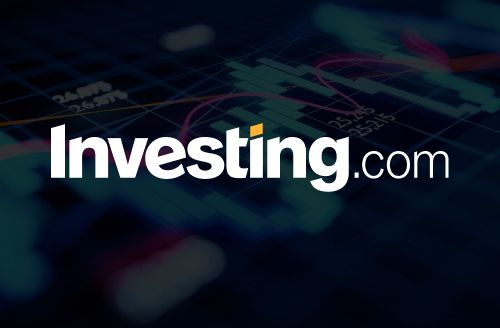Is there a huge build-up of long positions in the US dollar and will it reverse?
The idea
It was 8/27/2024 when Kit Juckes gave an interview on Bloomberg Surveillance and brought to light the massive long position in USD and how he had seen that same position unraveled twice before.
The idea is simple:
There was a major setback in 1985, another in 2001, and another now. This is a once-in-a-generation opportunity.
So yes, given the strength of the dollar and recent all-time highs in US indices, there is a massive long position, but when will it reverse?
Why would it unroll?
The trigger would be a global cycle of rate cuts and a shift from a restrictive to a neutral monetary policy.
US monetary policy was accommodative for a long time, and when inflation hit hard, it became restrictive and rates rose to 5.5%. Given US exceptionalism, this was the place to get effective margin and the best carry.
This is about to change.
The case of the yen and its similarities
An example is that the policies of the Federal Reserve and the Bank of Japan are opposite. The Federal Reserve is cutting while the Bank of Japan is increasing, which reduces the margin built up in long dollar positions. The conclusion is that the yen is strengthening.
As the rate cut cycle will be coordinated with G-10 members and globally, the yen is expected to strengthen against all G-10 currencies. This is a result of spread and carry contraction.
As rates fall and depending on the state of the US economy, the US dollar may not be the best place to collect carry and margin cash.
The main reason is that you can get higher margins elsewhere and make money cheaper and easier.
The argument for the dollar as a reserve currency
Many analysts believe that the dollar will not weaken unless there is a change in its status as the world's reserve currency. The dollar will by no means lose its global status, but a diversification of the currencies held as reserves will occur and is occurring.
As described in the IMF blog article “Dollar Dominance in the International Reserve System” by Serkan Arslanalp, Barry Eichengreen and Chima Simpson Bell, there is an erosion of the dollar as the dominant reserve currency taking place. Much of that erosion has been masked by the strength of the dollar, and this time non-traditional currencies are becoming part of the mix, such as the , the , the .
The Argument of American Exceptionalism
The next argument for why the dollar will not weaken is that there is no other place to invest that is as good, safe and has the potential of the United States. That statement is true. The American consumer has been the strongest and the big tech companies are disproportionately valued.
As for the big tech companies, there is little competition and diversification that can take place.
The two questions are the state of the US consumer and what the broadening of the rally actually means. It is important to remember the massive stimulus that took place in the US during COVID and how that led to inflation. The US labor market is cooling and we are seeing signs that the US consumer is becoming more selective, as they say on Bloomberg Surveillance. With the strong dollar, soft or hard landing and the start of a rate-cutting cycle, is this where the best carry can take place and where is the best effective spread?
In particular, as the rally broadens, why might some of that expansion not spread to other areas, countries or economic blocs that have better growth potential? I'm not talking about big tech, but the other 493 companies in the SP500 or the Russell 2000, bonds, real estate, etc.
The case study of the euro and global correlations
The single currency is the second most important reserve currency and experienced a massive rally in the early 2000s. That period was characterized by German exceptionalism, EU enlargement and the incorporation of all former Soviet bloc countries, the US war on terror, and a surge in commodity prices. Similarly, if the US dollar enters a period of weakness, where will flows go? What other trading blocs or areas with positive characteristics would attract inflows and direct investment?
Final thoughts
The dollar will not collapse and the era of American supremacy is not coming to an end. Geopolitics is coming back into focus with global instability. Russia, China, Southeast Asia, Africa and the whole world.
The United States was never meant to be a global empire, but rather the first among equals. Where will capital flow now to build the next trading bloc and create more equals?












